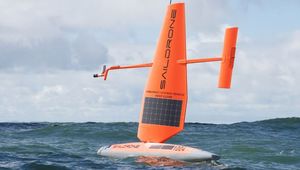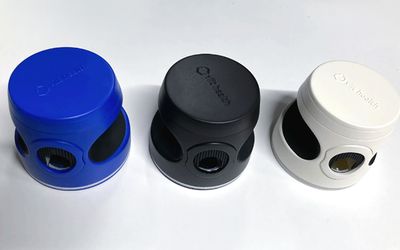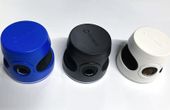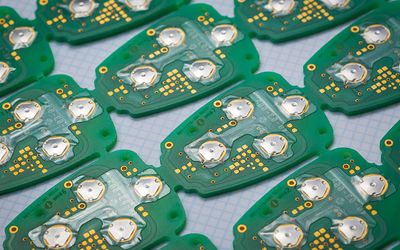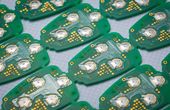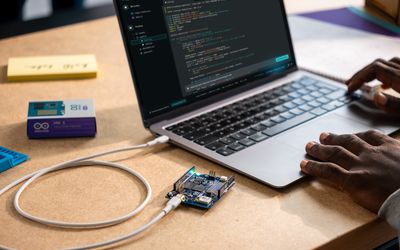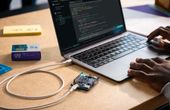Arduino Opta WiFi
Easy-to-use micro PLC with Industrial IoT capabilities
General
| Product Type | micro PLC |
| Applications | Industrial IoT |
| Key Features | micro PLC, Cortex-M7, 12-24V DC, Arduino IDE |
Technical Specifications
| Processor | STM32H747XI Dual ARM Cortex: Cortex-M7 (up to 480 MHz) + Cortex-M4 (up to 240 MHz) |
| Memory | 1MB RAM, 2MB Internal Flash + 16MB QSPI Flash |
| Inputs | 8x Configurable Digital/Analog (0-10V) |
| Outputs | 4x Relays (250V AC - 10A) |
| Supply Voltage | 12-24V DC |
| Programming | Arduino IDE, IEC-61131-3 (LD, FBD, SFC, ST, IL) |
| Security | ATECC608B Secure Element, X.509 Compliance |
Overview
The Arduino Opta WiFi is a secure and user-friendly micro PLC designed for industrial IoT applications. Developed in partnership with Finder, a leader in automation devices, the Opta WiFi empowers professionals to scale automation projects using the familiar Arduino ecosystem. It supports both Arduino sketches and standard PLC languages like Ladder Logic and Function Block Diagram, catering to PLC engineers.
Powered by a dual-core STM32H747XI Cortex-M7/M4 MCU, it enables real-time control, monitoring, and predictive maintenance. It features 8 configurable digital/analog (0-10V) inputs and 4 relay outputs (250V AC, 10A) for flexible automation tasks.
For connectivity, it includes Wi-Fi, Bluetooth Low Energy, RS485 half duplex, USB-C, and 10/100 Ethernet (TCP/IP, Modbus TCP). The onboard ATECC608B secure element ensures hardware-level security and supports OTA firmware updates. Designed for 12-24V DC operation, it is suitable for industrial control, building automation, and edge computing applications.
Features of Arduino Opta WiFi
The Arduino Opta WiFi is a micro PLC designed for industrial IoT applications, bridging the gap between traditional PLC programming and the Arduino ecosystem. It offers a robust combination of processing power, connectivity, security, and software tools for industrial automation. Let’s explore some of its salient features:
Core Processing and Control
The Arduino Opta WiFi utilizes a dual-core STM32H747XI Cortex-M7/M4 microcontroller, enabling real-time control, monitoring, and predictive maintenance capabilities. It is designed for industrial IoT applications and supports both Arduino sketches and standard PLC programming languages, including Ladder Logic Diagram (LD) and Function Block Diagram (FBD). This dual support structure aims to bridge the gap between traditional PLC programmers and the Arduino ecosystem.
Connectivity and Communication
The Opta WiFi offers a range of connectivity options. It includes onboard Ethernet and USB-C programming ports, an RS485 half-duplex interface, and Wi-Fi/Bluetooth Low Energy connectivity. This variety allows for integration into diverse industrial environments and connection with various devices and networks. Fieldbus integration is supported via Modbus TCP (Ethernet) and Modbus RTU (serial RS485). Data can be managed and visualized through real-time dashboards using the Arduino Cloud or third-party services.
Security and Reliability
Security is a key feature, with an onboard secure element and X.509 Standard compliance. The device also supports secure over-the-air (OTA) firmware updates. The Opta undergoes regular security assessments. Designed for industrial use, it's built to be durable and reliable, though specific environmental ratings (like IP rating) should be consulted.
Software and Development
The Arduino PLC IDE supports five IEC 61131-3 standard programming languages: Ladder, Functional Block Diagram, Structured Text, Sequential Function Chart, and Instruction List. This allows developers to use familiar PLC programming methods or leverage existing code. The platform offers integration with Arduino sketches, tutorials, and libraries. High-power relay switching (4 x 2.3 kW) is available, and the device is DIN rail-compatible for swift industrial installation.
Applications
The Arduino Opta WiFi is ideal for industrial automation, predictive maintenance, and process control. Its PLC compatibility allows seamless integration into manufacturing lines, building automation, and energy management systems. The Ethernet, RS485, Wi-Fi, and Bluetooth connectivity support remote monitoring, IoT-based smart factories, and cloud integration. With high-power relay switching (2.3 kW) and secure fieldbus communication (Modbus TCP/RTU), it enables motor control, lighting automation, HVAC systems, and industrial IoT (IIoT) applications, ensuring real-time operation and scalability in industrial environments.
References
Arduino Pro [Internet]

